Livestock farmers in Tan My commune (Lac Son) proactively clean their barns and take care of their livestock to prevent and control epidemics.
Statistics for the first 6 months of the year show that the province has a total buffalo herd of about 105,000 (equivalent to 99.93% compared to the same period in 2024); the cow herd remains at 90,000; the pig herd is over 558,900 (up 4.26%). In addition, the total poultry herd is estimated at 8.48 million, up 4%. This result reflects the effectiveness of biosafety farming models and the initiative in breeding and feed sources.
In localities such as Luong Son, Lac Thuy, Lac Son, Kim Boi, etc., many livestock farming households have shifted from small-scale models to medium-scale farms, combining veterinary techniques, regular vaccinations and closed barn systems. This is a factor that helps maintain stable livestock herds, even though feed prices sometimes increase.
Mr. Nguyen Manh Ha, a pig farmer in Dat Do village, Lien Son commune (Luong Son), said: To prevent epidemics for the pigs, his family reinvested in the barn, separated the breeding area and the feed processing area, regularly sprinkled lime, and sprayed disinfectants. He selected good breeds from quarantined facilities, divided meals reasonably, and supplemented digestive enzymes and vitamins when the weather changed seasons. The most important thing is to keep the barn clean, dry, and airy - helping the pigs stay healthy, grow quickly, and use much less feed.
Since the beginning of the year, the province has not recorded any major outbreaks causing widespread damage. However, some small outbreaks have still occurred. As of mid-May 2025, 3 outbreaks of African swine fever were recorded in Hang Tram town and Doan Ket commune (Yen Thuy), Tan Minh commune (Da Bac) with a total of 118 pigs having to be destroyed. In addition, an outbreak of lumpy skin disease in cattle was discovered in Cun Pheo commune (Mai Chau). In this situation, the provincial Department of Agriculture and Environment has activated response plans, isolated, disinfected and closely monitored. The grassroots veterinary force was mobilized synchronously to prevent the epidemic from spreading. Thanks to timely control, damage was limited, and people were assured to restore their herds.
According to Mr. Nguyen Van Tuan, Deputy Head of the Provincial Department of Animal Husbandry, Veterinary and Fisheries, in the past 6 months, the province has maintained mandatory vaccinations for diseases such as foot-and-mouth disease, swine fever, etc. on a farm and household scale, contributing to improving the disease resistance of livestock. Localities have also stepped up disease prevention propaganda on loudspeaker systems, social networks, etc. Thanks to that, many livestock households have become accustomed to declaring diseases, cleaning barns periodically, and not repopulating immediately after an epidemic. This is a positive result from "raising awareness and standardizing actions".
In order to continue controlling diseases and developing sustainable livestock, the provincial Department of Agriculture and Environment continues to direct localities to maintain disease-free areas for livestock. At the same time, strengthen the grassroots veterinary force, organize regular vaccination and strengthen epidemiological surveillance, ensuring biosafety at concentrated livestock facilities as well as household scale.
Lighthouse
Source: https://baohoabinh.com.vn/12/202254/Kiem-soat-dich-benh-tren-dan-vat-nuoi.htm


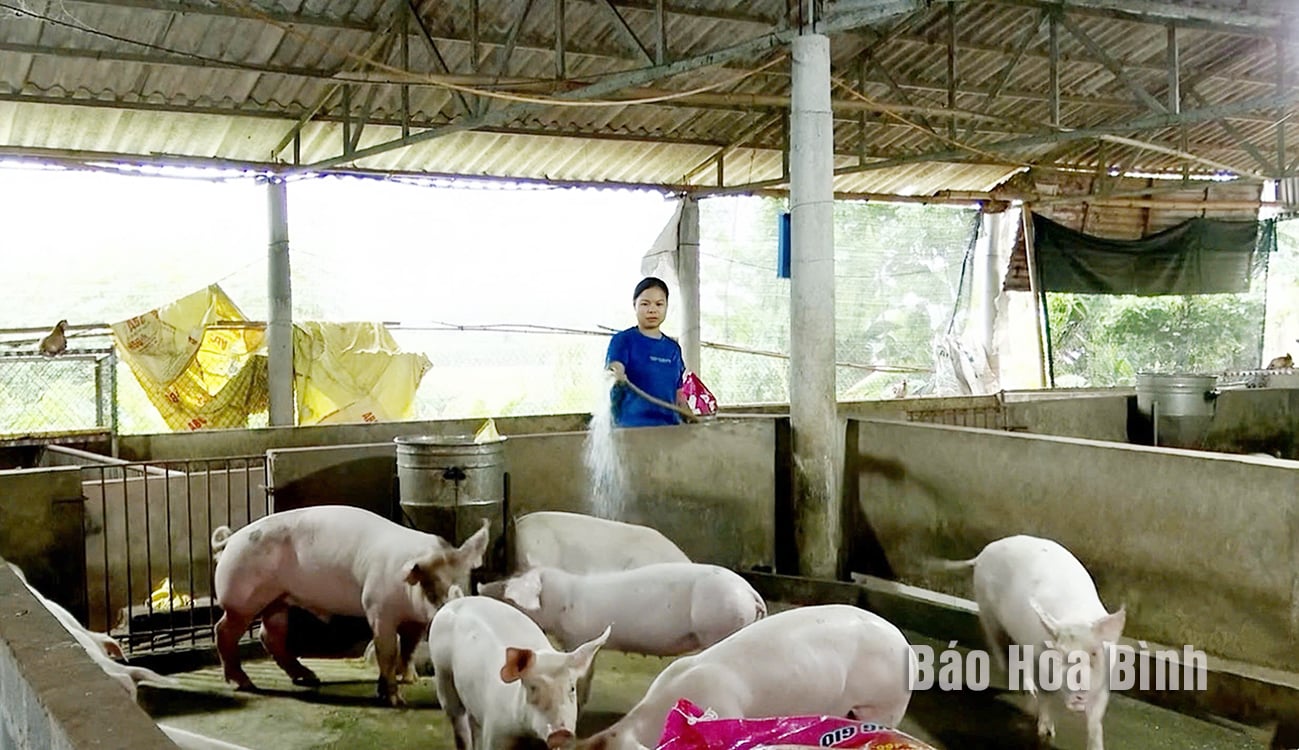

![[Photo] Prime Minister Pham Minh Chinh chairs the national online conference on combating smuggling, production and trade of counterfeit goods.](https://vphoto.vietnam.vn/thumb/1200x675/vietnam/resource/IMAGE/2025/6/23/4a682a11bb5c47d5ba84d8c5037df029)
![[Photo] Prime Minister Pham Minh Chinh holds meeting to launch exhibition of national achievements to celebrate 80th National Day](https://vphoto.vietnam.vn/thumb/1200x675/vietnam/resource/IMAGE/2025/6/23/0c0c37481bc64a9ab31b887dcff81e40)







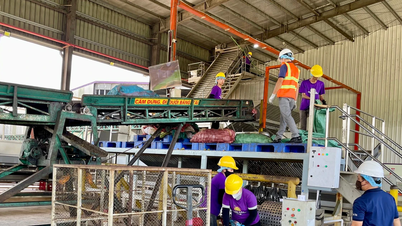












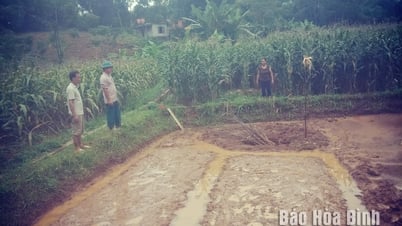




![[Photo] Party Congress of the Central Internal Affairs Commission for the 2025-2030 term](https://vphoto.vietnam.vn/thumb/1200x675/vietnam/resource/IMAGE/2025/6/23/5bf03821e6dd461d9ba2fd0c9a08037b)







































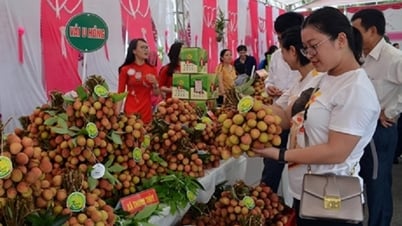





























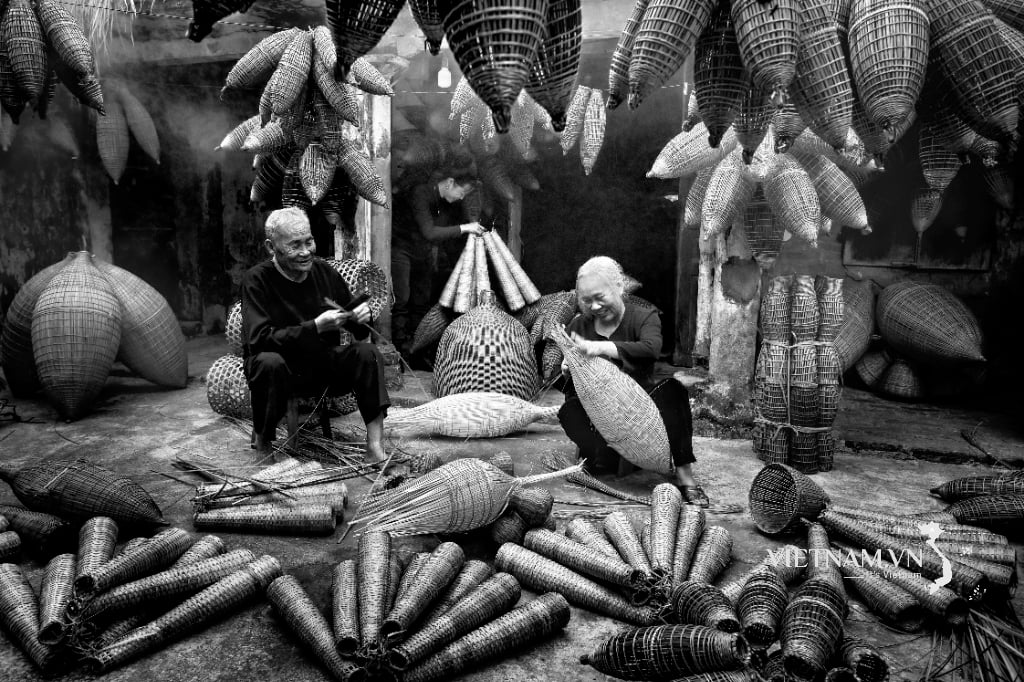

Comment (0)